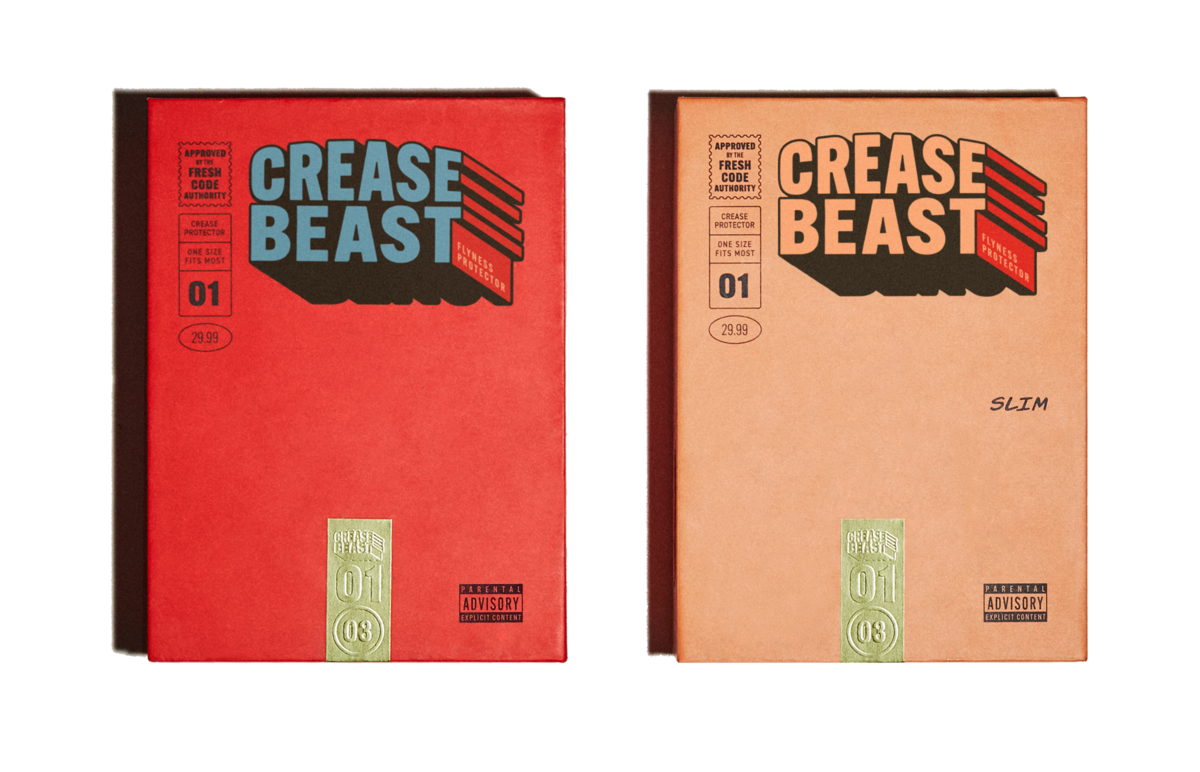Are Creases More Common in Leather Shoes?
Leather shoes are a timeless fashion statement that exudes sophistication and style. They have long been revered for their durability and ability to withstand the test of time. However, one common concern among shoe enthusiasts is the development of creases on their beloved leather footwear. In this article, we will delve into the key factors that contribute to the occurrence of creases in leather shoes and explore the various approaches to care and maintenance.
The Impact of Leather
Leather, being a natural material, possesses inherent characteristics that influence the likelihood of creases. The suppleness and flexibility of leather make it highly susceptible to creasing, especially when subjected to repeated bending and folding movements. Additionally, the thickness and quality of the leather can affect how prone it is to developing creases.
Footwear and Wrinkles
The design and construction of the shoe also play a significant role in the occurrence of creases. Shoes with a more tapered toe box or a narrower fit can lead to greater pressure on specific areas, resulting in creasing. Conversely, shoes with a roomier toe box and a more forgiving construction may distribute pressure more evenly, minimizing the formation of creases.
The Aging Factor
As with any natural material, leather shoes evolve with age. Over time, the continuous use and exposure to environmental factors can cause the leather to dry out and lose some of its elasticity. This loss of moisture and flexibility can accelerate the formation of creases. Regular conditioning and moisturizing of the leather can help slow down this aging process and maintain its suppleness.
The Importance of Care
Proper care is crucial to prolonging the life of leather shoes and minimizing creases. Regular cleaning with a gentle brush or damp cloth removes debris and dirt that can contribute to premature creasing. Applying a high-quality leather conditioner helps maintain the leather's natural oils and moisture content, reducing the likelihood of deep creases.
Tradeoffs and Challenges
While it may be tempting to avoid wearing leather shoes altogether to prevent creasing, it is important to strike a balance between aesthetics and practicality. Leather shoes, when cared for properly, can develop a unique patina that adds character and charm. Additionally, the suppleness of leather offers unparalleled comfort, making it a popular choice among footwear enthusiasts. It's crucial to weigh these benefits against the potential for creasing.
However, it is worth noting that not all creases are undesirable. Light and shallow creases that occur naturally during wear are considered normal and can be seen as indications of a well-worn pair of shoes. It is the deep and unsightly creases that are often concerning to shoe owners.
The Impact on Style
Creases, especially pronounced ones, can affect the overall appearance of leather shoes. They can give the shoes a worn-out and untidy look, detracting from the elegance they are intended to exude. For those who prioritize a pristine and polished appearance, minimizing the occurrence of creases becomes a significant consideration in shoe care.
Conclusion
Creases in leather shoes are a common occurrence due to the natural characteristics of leather and the wear and tear they endure. Understanding the impact of leather, footwear design, and aging can help shoe enthusiasts make informed decisions about caring for their beloved footwear. Balancing the tradeoffs between aesthetics and practicality is key, as is recognizing the importance of regular maintenance and conditioning. By taking diligent care of leather shoes, one can enjoy their elegant and timeless appeal while minimizing the appearance of creases.
